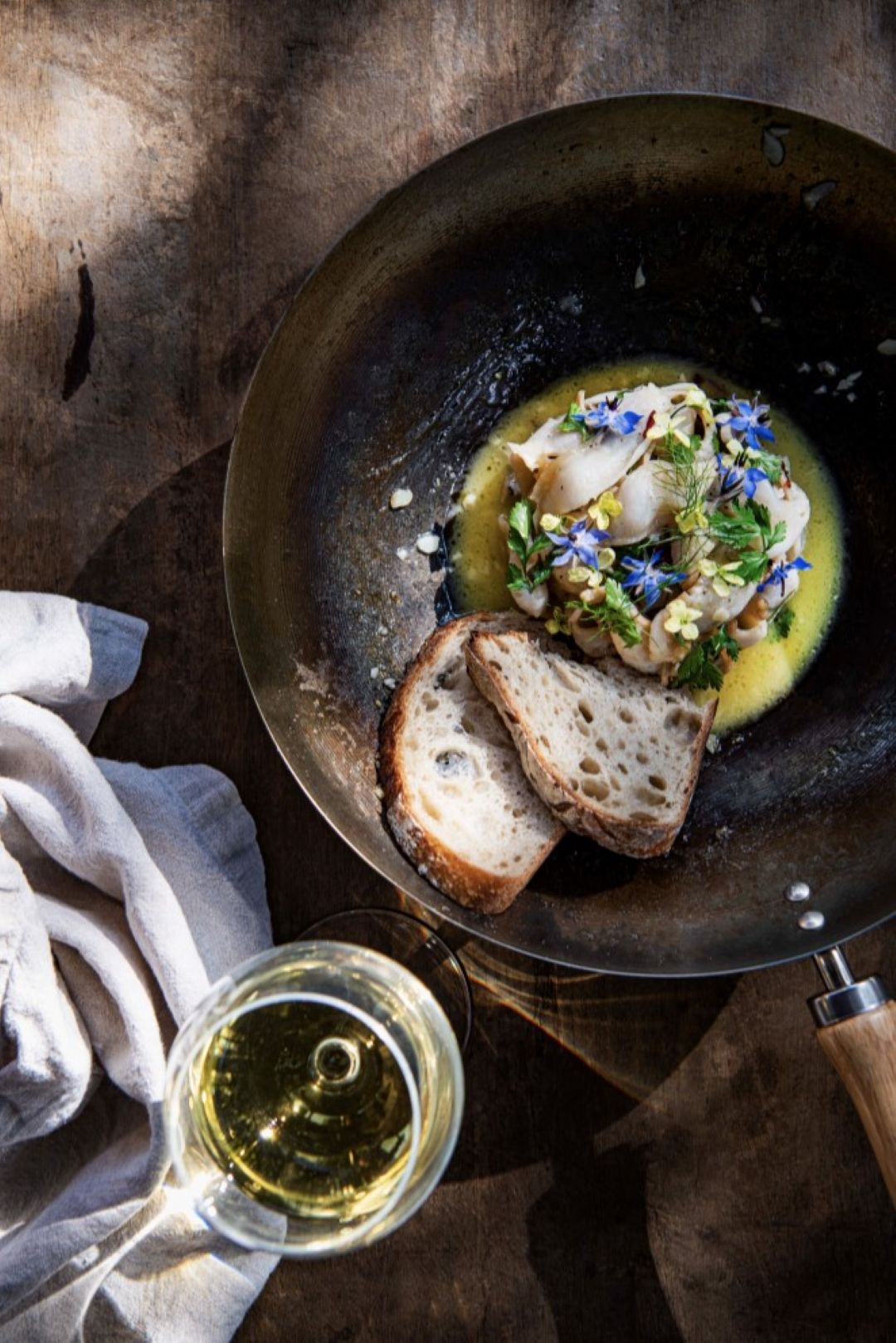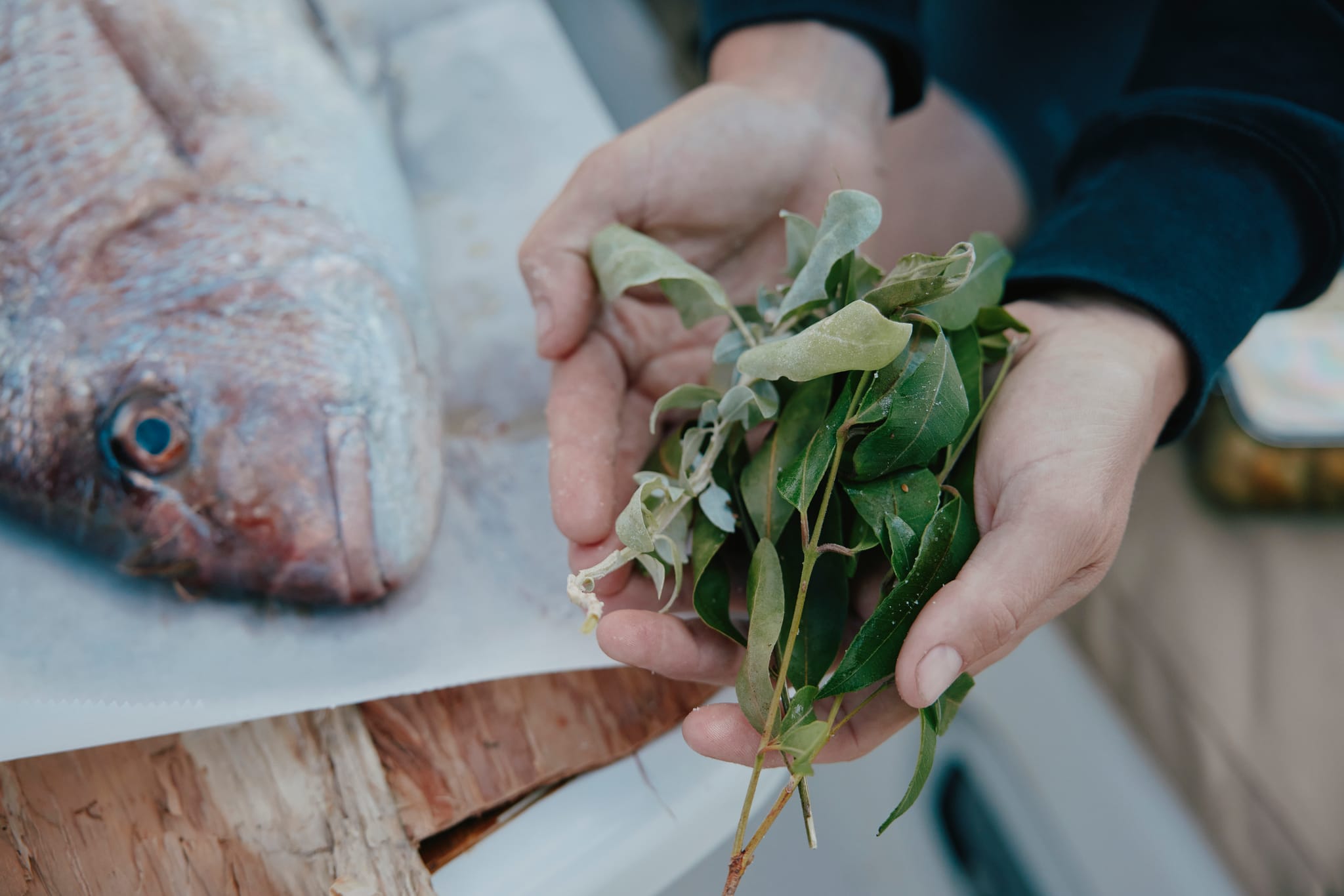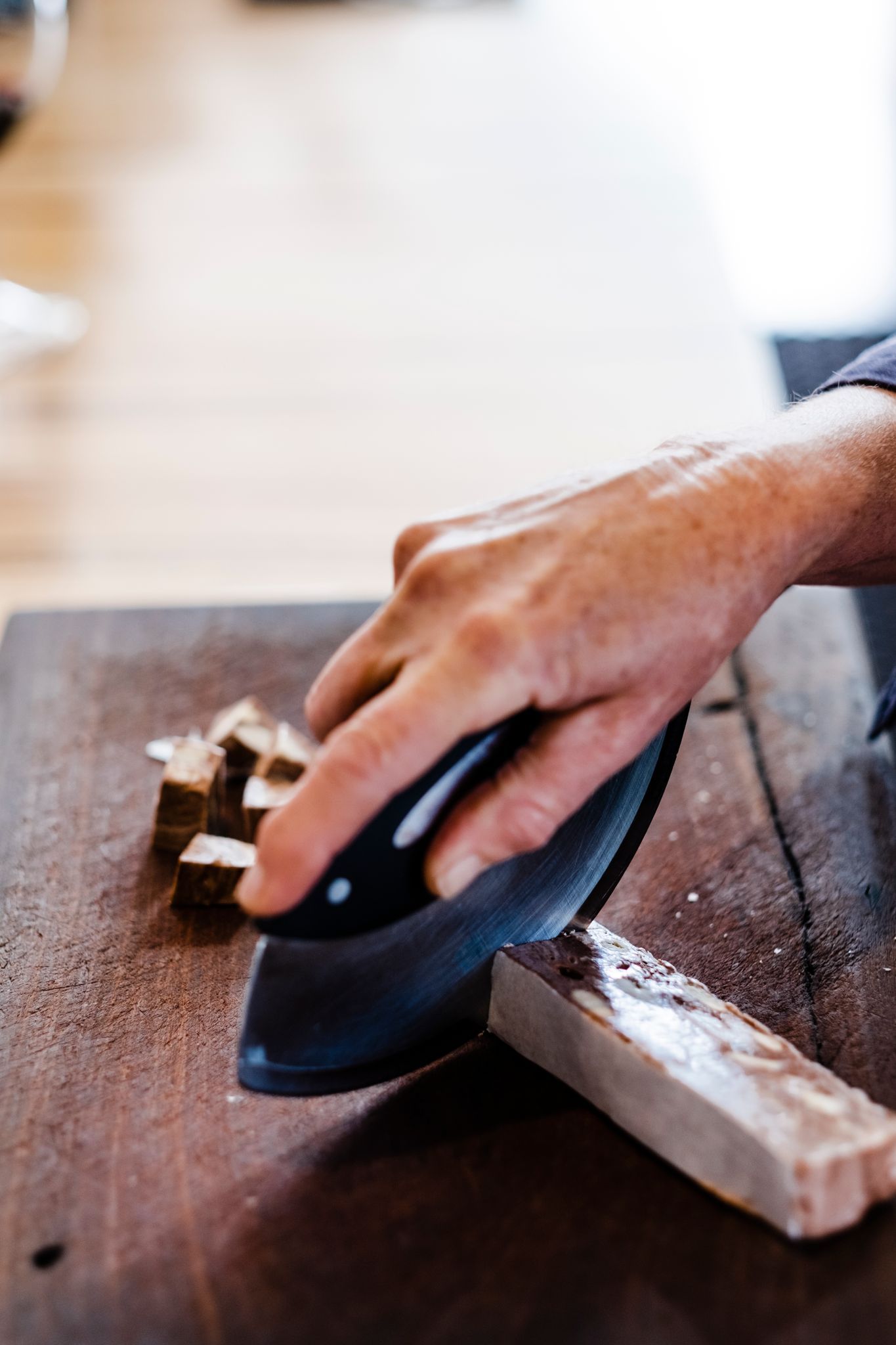It’s true. A good campfire offers more than just a place to sizzle your snags. It’s about keeping cosy on a wintery night. Connecting face-to-face. Setting aside screens in favour of more old-school entertainment: crackling flames and camaraderie.
“I’m never happier than when I’m sitting around a campfire,’ says Kellie Tannock, the lady behind Walk Talk Taste’s gourmet glamping setup amidst vines and bushland just south of Margaret River.
“It’s a primal joy… Sitting under the stars, you want for nothing more.”
But before you light up, there are a few things to consider.






